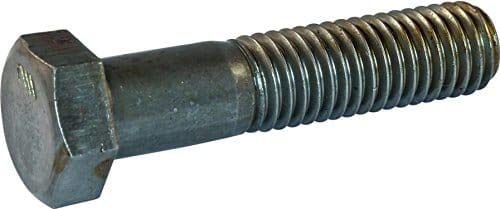Understanding Thermal Expansion in Piping Systems Thermal expansion is a fundamental phenomenon in piping systems, arising whenever temperature fluctuations cause the physical dimensions of pipes ...

The Department of Veterans Affairs (VA) operates 170 medical centers nationwide, serving over 8 million veterans annually. Many VA Medical Centers (VAMCs) utilize centralized steam ...